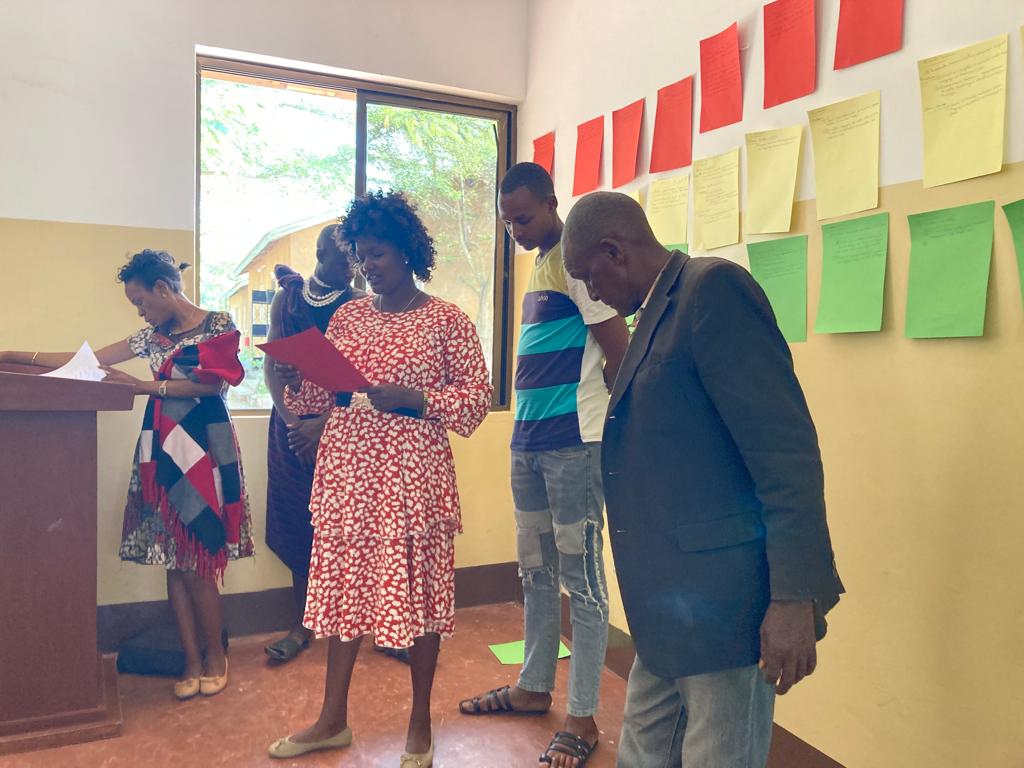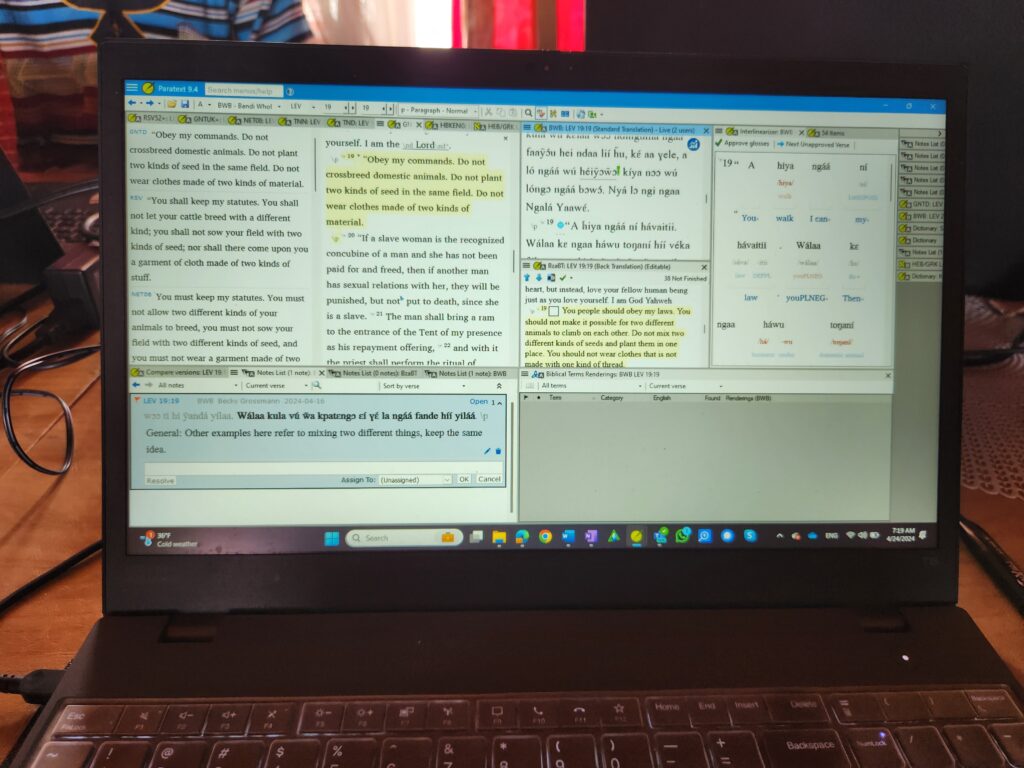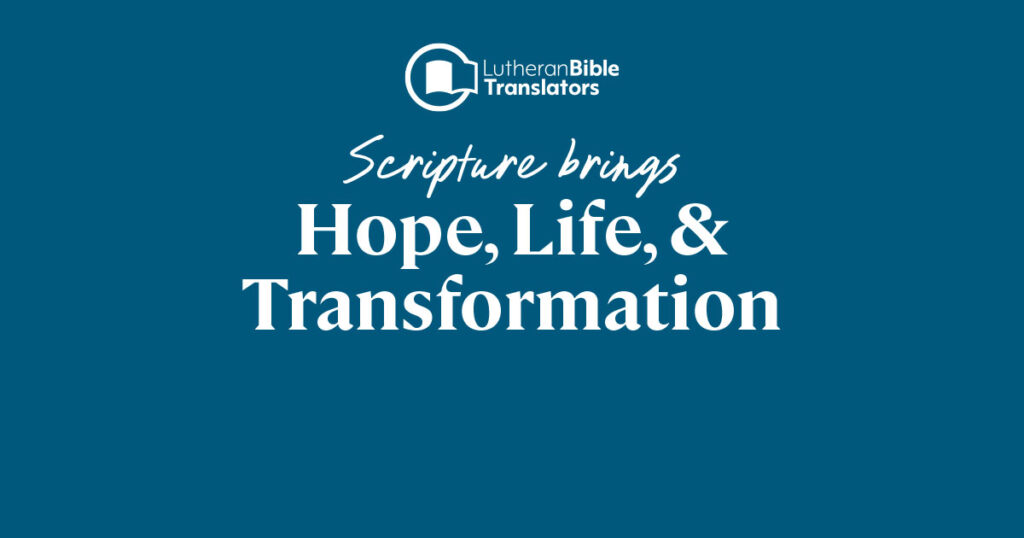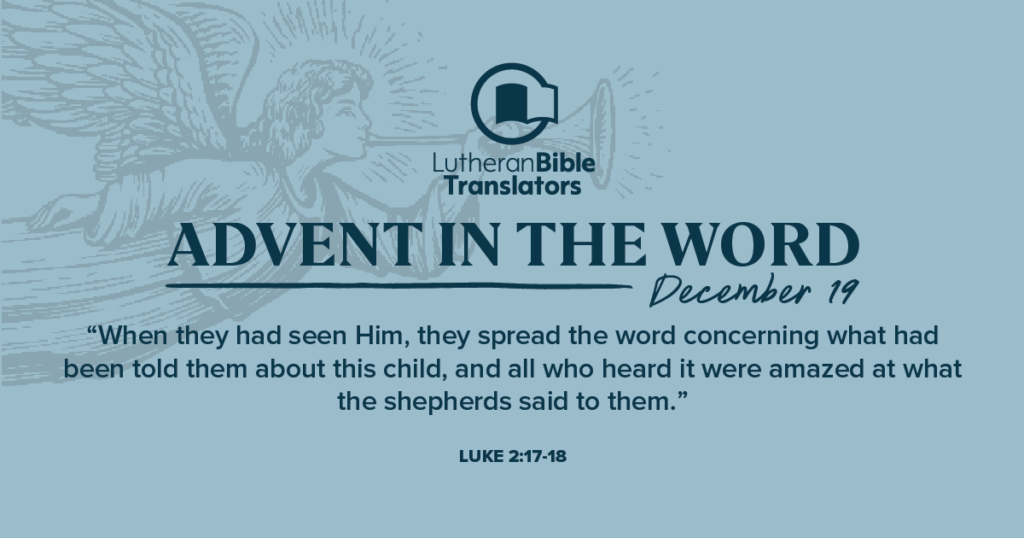Blog
Press Release: September 16, 2024
Challenges and Innovations in Bible Translation

Challenges and Innovations in Bible Translation
Translating the Bible into new languages is a task filled with both joy and complexity. It’s not as simple as swapping words from one language to another; it involves deeply understanding the people, culture, and context of the community you’re serving. This is especially true when it comes to languages with distinct dialects, like Taturu in Tanzania.
While the mission is to share God’s Word in a way that truly speaks to the heart of every individual, the process isn’t without its challenges. With innovation and collaboration, translation teams are finding new ways to overcome the hurdles that stand between people and full engagement with Scripture.
The Challenge of Dialects: The Case of Taturu
In many places, like the Taturu-speaking region of Tanzania, languages are not uniform. There are multiple dialects, each with its own unique vocabulary, meaning, and usage. The Taturu community, for example, is not listed in the ethnologue—a key database for classifying world languages—because they’ve been historically grouped with a larger neighboring community, the Datoga. However, the reality is that the Datoga and Taturu people don’t understand each other well, even though they’re often categorized under the same language umbrella.
This presents a major challenge for Bible translators. How do you create a translation that is accurate and meaningful when the language itself is fragmented? And how do you determine whether you’re dealing with a dialect or a separate language altogether? These are the questions that translation teams like the one working in Tanzania must answer before the first word of a new translation can even be written.

Gathering Ground-Level Insights: The Power of Surveys
One of the methods being used to address these linguistic complexities is the use of language surveys. Before jumping into translation, survey work helps teams understand the diversity within a language community. In Tanzania, this involves identifying just how different the various Taturu dialects are from one another and from the larger Datoga language group.
Language experts are conducting an in-depth survey to gather crucial data on how mutually intelligible these dialects are. By doing this, the team can decide whether to translate into one core dialect that most people can understand, or if multiple translations will be necessary. This groundwork ensures that when the translation is finally completed, it will resonate with as many people as possible.
It’s not just about translating words; it’s about understanding how those words are used, what they mean in different contexts, and how they can best communicate the message of God’s Word.
Working With the Community: Advisory Committees
Another approach being used is the formation of advisory committees made up of local leaders, elders, and language experts from within the community. These committees give voice to the people who will be using the Bible translations and ensure that the final product is something that truly reflects their culture and context.
In the case of the Taturu project, these advisory committees are helping to bridge the gap between not only the translators and the local people, but also building stronger relationships and communication pathways between national partners and the language communities. Sarah Esala, Program Director for East Africa, noted that in some cases, local pastors and community members have to give approval before work can even begin in certain areas. Elders hold a significant role in the community, and gaining their approval is not just a formality—it’s an essential step in building trust and ensuring the project’s success.
By involving the community from the outset, translators aren’t just producing a book—they’re building relationships and creating a Bible that the people will embrace as their own.
Innovation Through Technology
While the translation process still requires significant face-to-face interaction, technology is playing an increasingly important role in overcoming logistical challenges. Digital tools like Paratext and Rev79, Bible translation and project management software, are helping teams work more efficiently, even when separated by long distances.

There is currently a push to equip translation teams with better technology, like high-quality headsets and improved internet connections, to facilitate virtual collaboration and communication. This is particularly important when conducting virtual checks of the translation work, as poor audio quality can slow down the process. By investing in better equipment and digital infrastructure, translation teams are finding new ways to collaborate, even when miles apart.
Moving Forward with Hope
Despite the challenges, there is immense hope in the future of Bible translation. Methods like surveys, advisory committees, and the use of technology are helping to overcome linguistic and logistical barriers that once seemed insurmountable.
The Taturu Bible translation project is just one example of how careful planning, community involvement, and modern innovation can come together to bring the Word of God to people in their own language—languages that may have been overlooked or underappreciated in the past.
As these projects continue to move forward, the goal remains the same: to ensure that every person, no matter how remote their location or how complex their language, can encounter the life-changing message of the Bible in a way that truly speaks to their heart.
Learn more about the Datoga Taturu Bible Translation Program and Lutheran Bible Translator’s Ministry Technology Fund.






Leave a Reply
You must be logged in to post a comment.